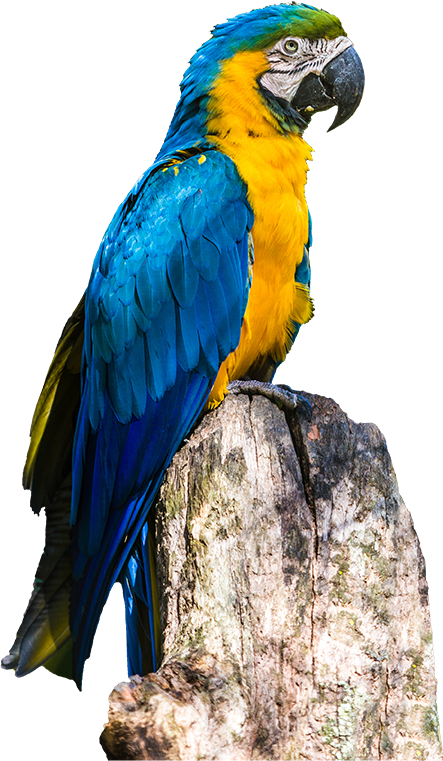
 Bienvenue au
Bienvenue au
Jardin Botanique de Deshaies
Au coeur des iles de Guadeloupe, le jardin botanique de Deshaies vous offre une balade paisible à travers la surprenante flore des Antilles !
Ce parc offre une grande diversité de plantes et d’arbres remarquables. Un voyage pour les sens pour petits et grands. Imaginé par Michel Gaillard paysagiste de renom le jardin est l’ancienne propriété de Coluche.
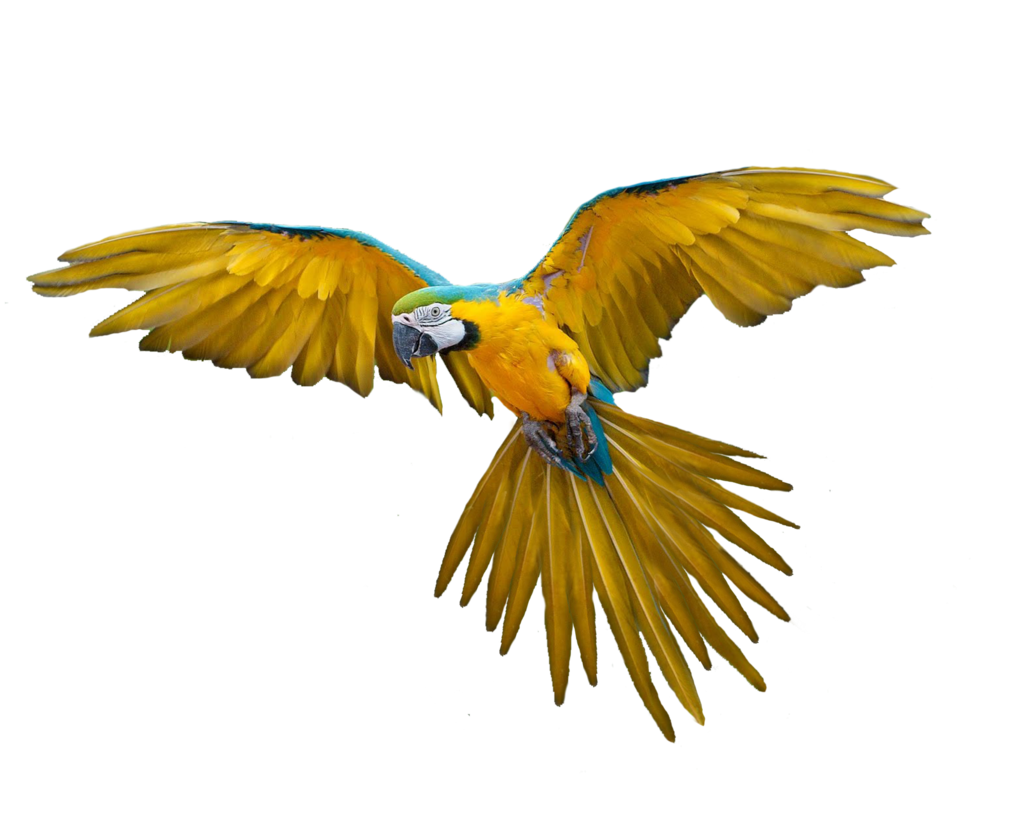

Préparez votre visite

Découvrez différents mondes
Le Jardin Botanique s’ouvre sur une vaste pièce d’eau ensoleillée où baignent plantes aquatiques, papyrus et carpes japonaises Koïs.

A l’abordage des rivages antillais à la fin du XVe siècle, les premiers explorateurs furent frappés par la luxuriance des îles.
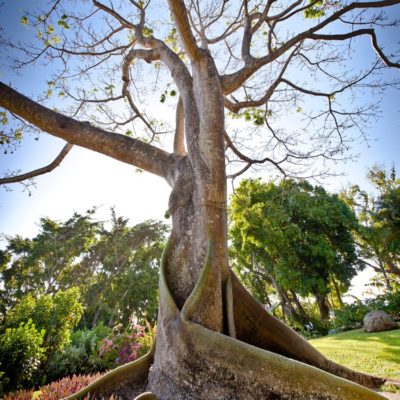
Les palmiers, avec leur couronne de palmes en forme d’éventail ou de plume gigantesque, évoquent irrésistiblement la chaleur et les vacances sous les tropiques.

llustrant l’hétérogénéité de l’environnement tropical et contrastant avec l’atmosphère luxuriante du jardin, une zone aride présente une collection de plantes succulentes associant cactus, euphorbes, agaves.
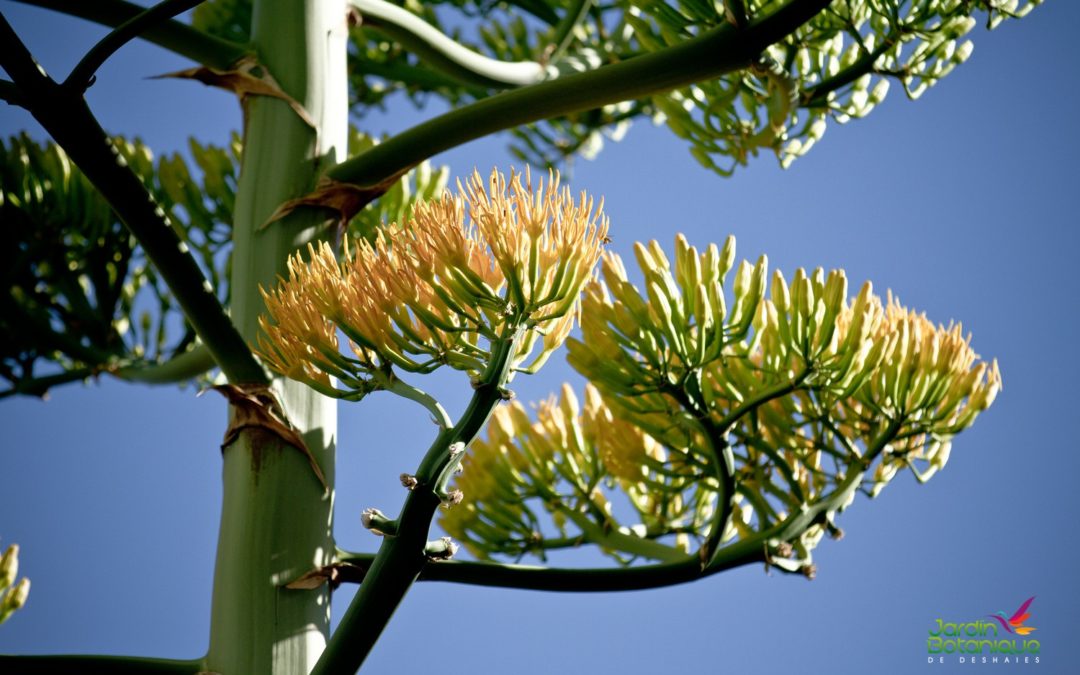
Illustrant l’hétérogénéité de l’environnement tropical et contrastant avec l’atmosphère luxuriante du jardin, une zone aride présente une collection de plantes succulentes associant...
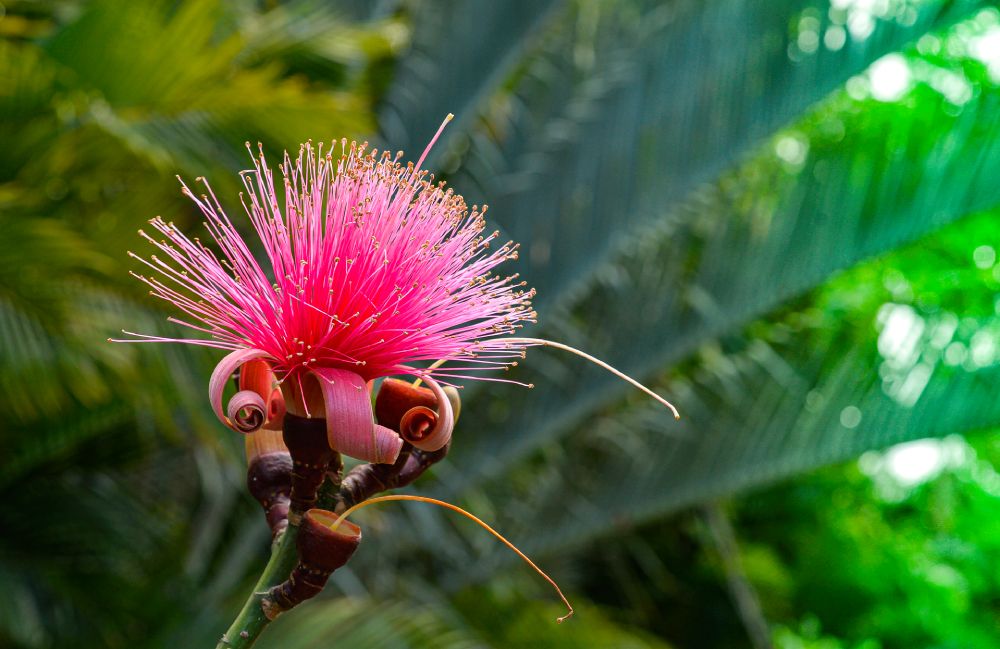
Sur le modèle des jardins monastiques médiévaux, il est le lieu de culture de plantes aux vertus médicinales appelées également simples.
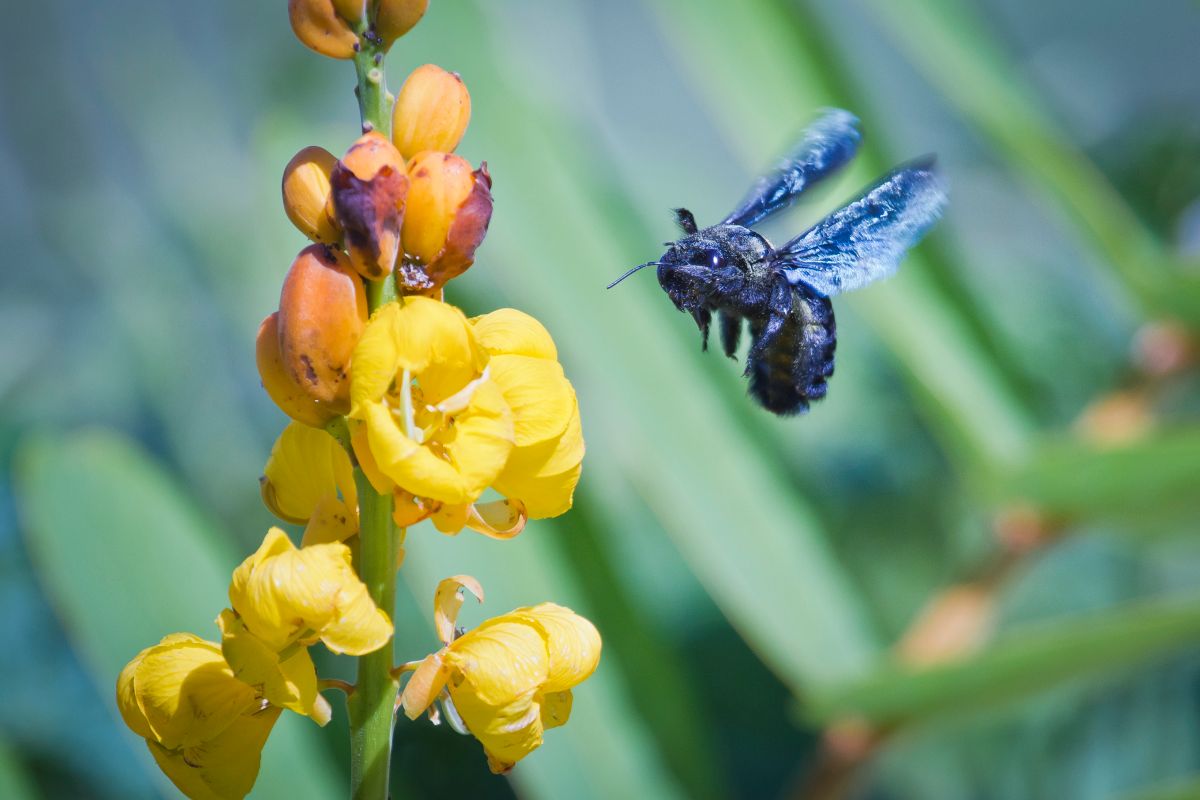
Sur l’île de la Basse-Terre, le royaume de la forêt tropicale humide débute à cinq cents mètres d’altitude et dévoile sa flore exubérante.
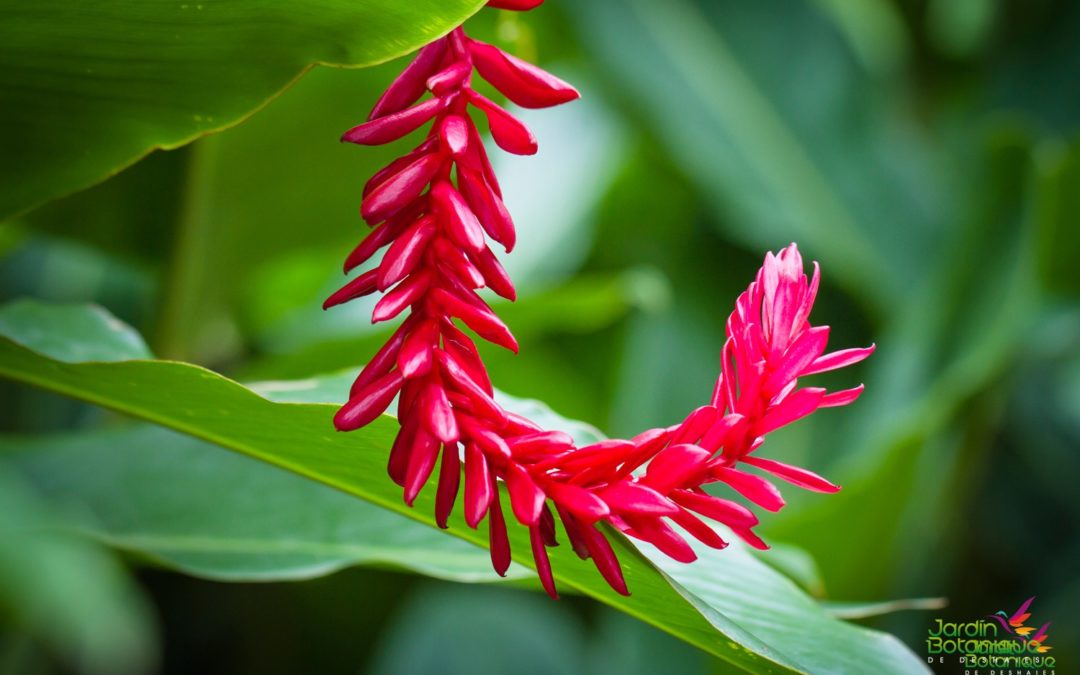

Vous trouverez sur place
RESTAURANT
Restaurant gastronomique
SNACK
Le Snack
BOUTIQUE
La boutique

Imaginez votre visite
Diapositive précédente
Diapositive suivante



